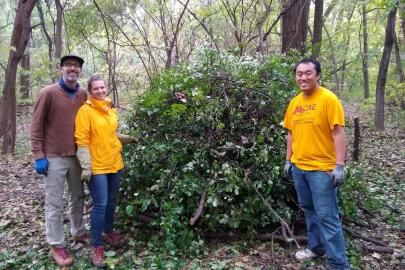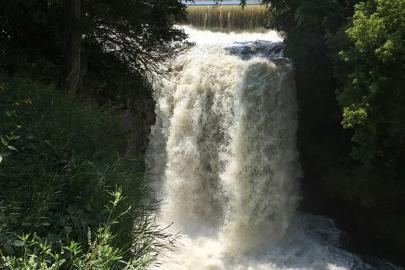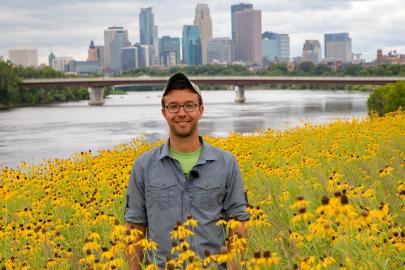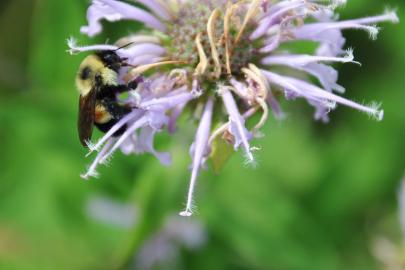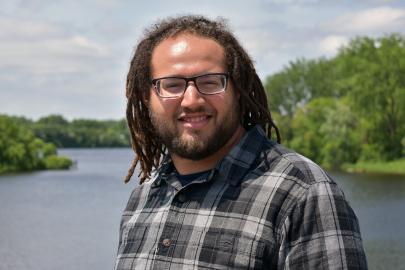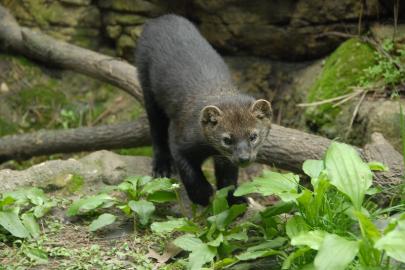In 2019, volunteers of all ages got their hands dirty with FMR at community volunteer events. Together over 1,400 individuals gave a combined 4,916 hours of service to help protect, enhance and restore the health of the river and our local communities. We're so grateful to our amazing River Stewards! >>
Read moreStay current
Get river news, FMR updates and event calendars twice a month.


